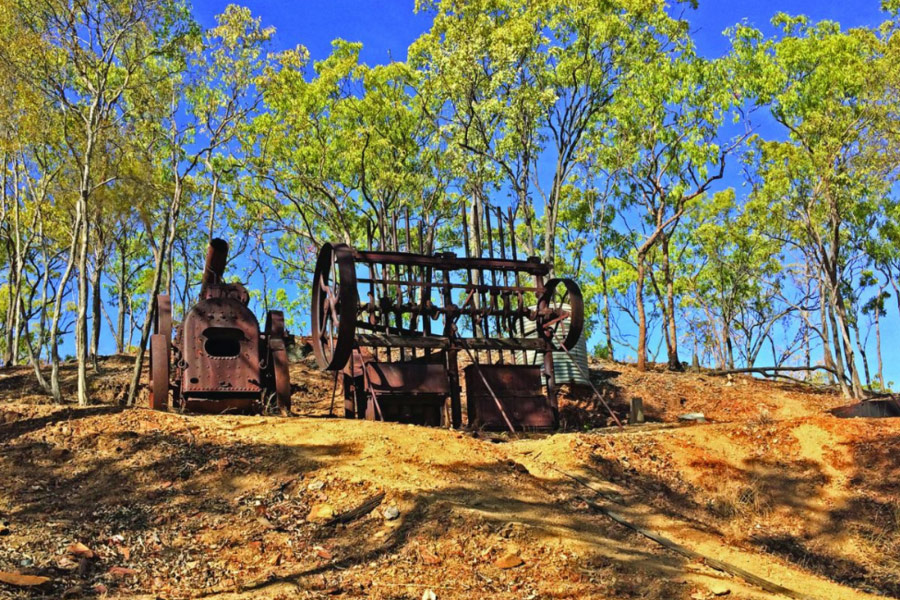
Before tourism and before sugar cane, there was gold —the shiniest part of the Douglas Shire’s rich history.
WORDS by Sara Mulcahy
If you’d been in Port Douglas in 1876, chances are you’d have been listening out for the phrase that’s been attributed to Mark Twain, Dr MF Stephenson and Bugs Bunny.
Gold was first discovered in Far North Queensland in 1873, when explorer William Hann reported finding deposits in the sandy bed of the Palmer River about 200km southwest of Cooktown. When a follow-up expedition of 110 diggers — led by prospector James Venture Mulligan — returned to Cooktown with their saddlebags packed with alluvial gold, the news sparked a rush of 30,000 European and Chinese gold diggers.
Hard on the heels of the Palmer River proclamation, Mulligan established a second camp on the Hodgkinson River, another 200km further south, in June 1876.
Many miners relocated from the Palmer River goldfields to the Hodgkinson field in the hope of making their fortunes. By 1877, two towns were servicing the new fields — Kingsborough and Thornborough — which were soon home to a fast-growing population, along with multiple hotels and stores.
Wet season floods and clashes with traditional owners, combined with the sheer distance made the journey between the Hodgkinson and the port at Cooktown treacherous. A new port was established at Cairns, however, this was also a steep and difficult trip, so bushman and pathfinder Christy Palmerston was tasked with finding an alternative track from Thornborough down the Great Dividing Range to the coast.
Following ancient Aboriginal walking tracks, Palmerston mapped out the Bump Road (now a challenging walk known as the Bump Track) that became the main access from the Hodgkinson goldfield to the port facilities at White Island Point. The wagon journey took four days.

